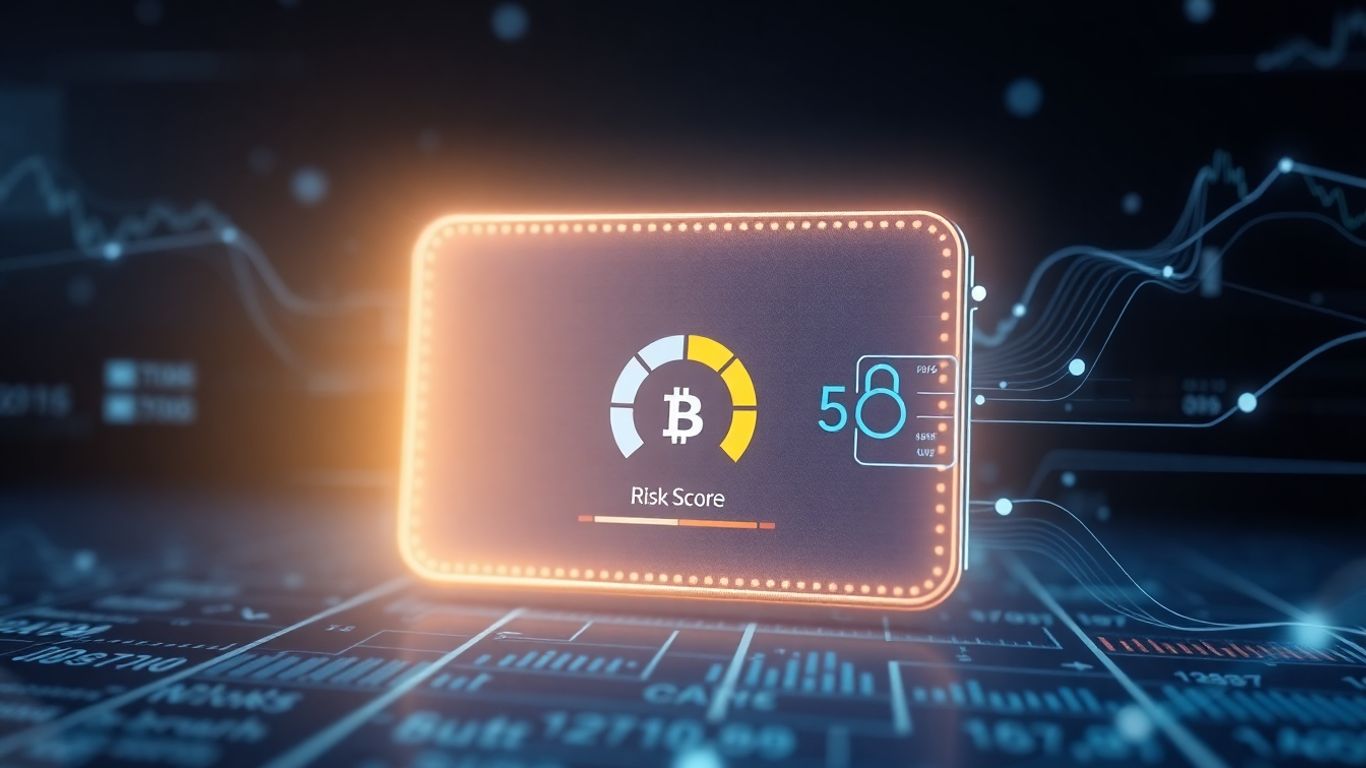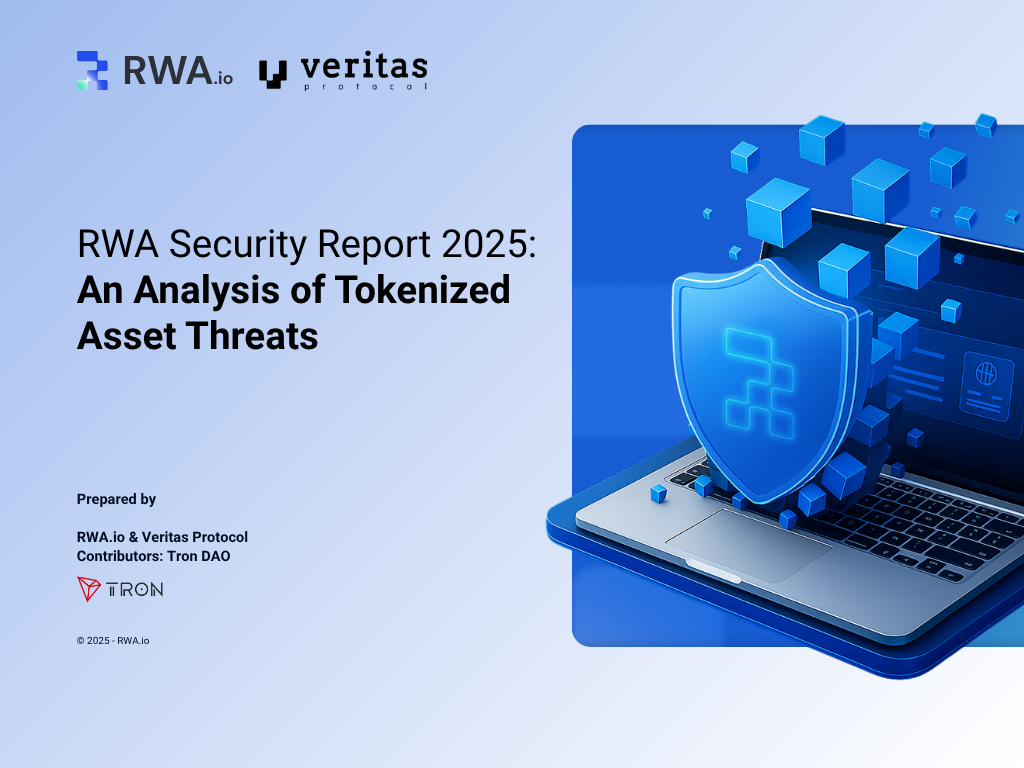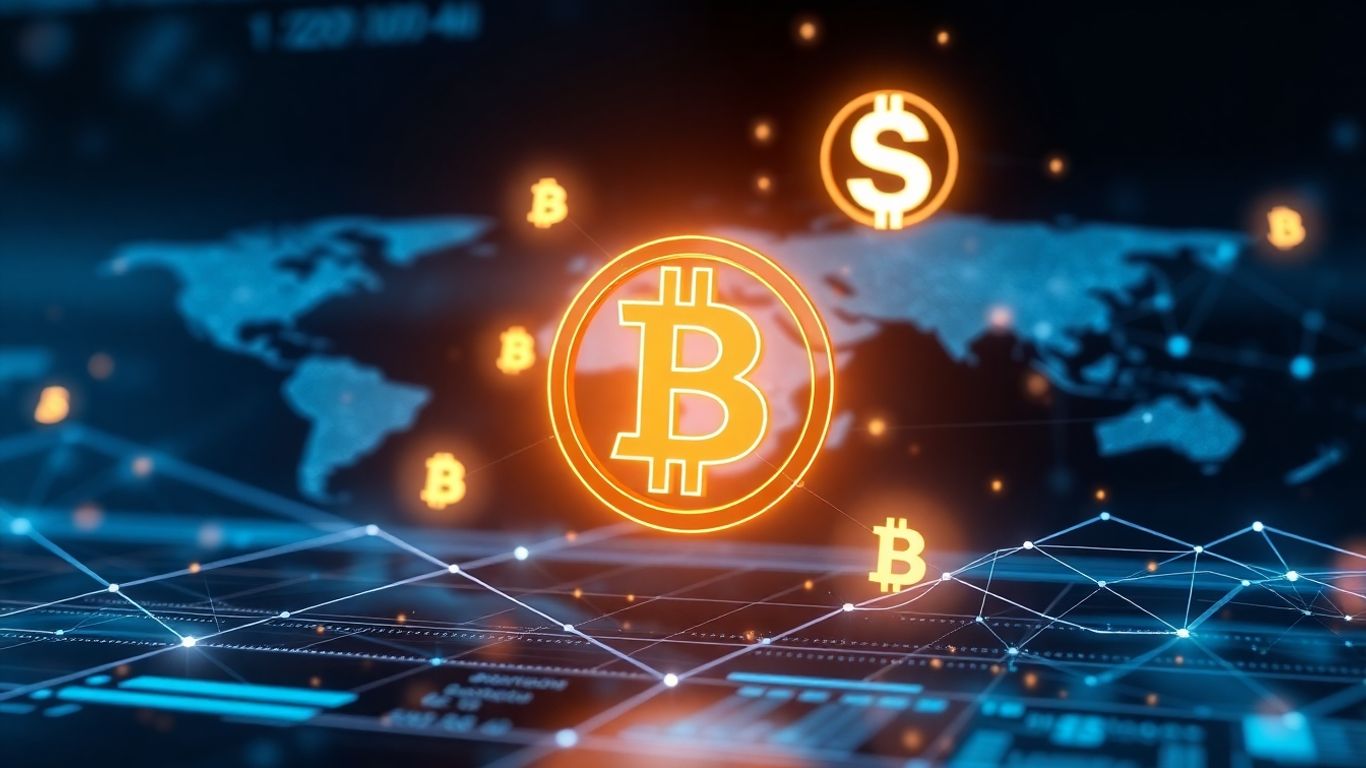[ newsletter ]
Stay ahead of Web3 threats—subscribe to our newsletter for the latest in blockchain security insights and updates.
Thank you! Your submission has been received!
Oops! Something went wrong. Please try again.
Monitor liquidity pool changes and alerts in real-time. Learn about pool dynamics, advanced strategies, and risk mitigation with our liquidity pull monitor.





Keeping an eye on liquidity pools is pretty important in the world of crypto. Things move fast, and if you're not watching, you might miss something big. That's where a liquidity pull monitor comes in handy. It's basically a tool that watches these pools for you, letting you know when stuff changes. This can be super useful for trading, or just for staying safe from bad actors. We'll look at how to set one up and what to watch out for.
In the world of decentralized finance (DeFi), liquidity pools are pretty much the engine that keeps everything running. Think of them as big digital pots of crypto assets, usually two different tokens, that people can trade against. Unlike traditional finance where you have a buyer and a seller meeting on an exchange, DeFi uses these pools. Anyone can contribute their tokens to a pool, becoming a liquidity provider, and in return, they usually get a cut of the trading fees. This setup makes it possible to trade tokens instantly on decentralized exchanges (DEXs) without needing a middleman.
These pools are what allow for automated market making (AMM), a system that replaces traditional order books. When you want to swap one token for another, you're not trading with another person directly. Instead, you're interacting with the pool. The price is determined by an algorithm based on the ratio of tokens in the pool. The more of token A and the less of token B there is, the more expensive token B becomes relative to token A.
Here's a quick look at the main actions happening with liquidity pools:
Understanding these basic interactions is the first step to grasping how these pools function and how you might want to monitor them.
Keeping an eye on liquidity pools involves watching for several key events that can signal important changes. These aren't just random occurrences; they often point to shifts in market sentiment, potential opportunities, or even risks.
Monitoring these events gives you a real-time pulse on the DeFi ecosystem. It's like watching the currents in a river – you can see where the water is flowing fastest and where it might be pooling up.
So, you're watching these liquidity pools, and you see things happening. What does it all mean for your trading strategy? Analyzing the changes you observe can give you a serious edge.
When a new pool pops up, especially with a brand-new token, it's a chance to get in early. But you've got to be careful. Check out who the liquidity providers are and how much they've put in. A pool with a lot of initial liquidity from reputable sources is generally less risky than one with very little, or from unknown wallets. It's also worth looking at the tokens being paired. Is it a stablecoin like USDC, or another altcoin? This pairing can tell you a lot about the intended use and potential demand.
The sheer volume of transactions and the constant flux of liquidity mean that static analysis is rarely enough. You need systems that can react quickly to changes, flagging unusual activity before it becomes a major price mover or a sign of trouble.
Consider this: if you see a large amount of liquidity suddenly removed from a pool, it might be a sign that early investors are cashing out, or perhaps the project team is pulling funds. This could be a signal to sell your holdings in that token before the price drops. On the flip side, consistent additions of liquidity, especially if accompanied by increasing trading volume, often suggest growing adoption and potential for price appreciation. It's about connecting the dots between what's happening on-chain and what it might mean for the token's future value. You're essentially trying to predict market sentiment by observing the actions of those providing the capital.

Setting up a system to watch liquidity pools isn't as complicated as it might sound. Think of it like setting up a security camera for your crypto assets. You want to know what's happening in real-time, especially when money is moving around. The goal here is to build a tool that can tell you when significant changes occur in a liquidity pool, like large deposits or withdrawals, which could signal big market shifts.
To get started, you need a way to tap into the blockchain's activity. This usually involves subscribing to transaction data. For example, you might want to track all transactions related to a specific liquidity pool, like the SOL/USDC pool on Raydium. This means telling a blockchain node or an API service, "Hey, I'm interested in everything happening with this particular pool address." You'll typically get a stream of data that includes details about each transaction.
Here's a simplified look at what you might subscribe to:
There are a couple of main ways to get this transaction data pushed to you. One is through Webhooks. Imagine a webhook as a notification system. When something specific happens in the liquidity pool (like a large withdrawal), the system sends an alert directly to a URL you provide. This is great for getting immediate notifications without constantly asking for updates.
Another method is using WebSockets. This is more like an open phone line. A WebSocket connection stays active, allowing for a continuous, two-way flow of data. You get real-time updates as soon as they happen, which is ideal for monitoring fast-moving markets. You'll connect to a WebSocket endpoint provided by a blockchain data service, and it will start sending you transaction events for your subscribed pools.
Once the data starts flowing in, you need to process it. This means taking the raw transaction information and making sense of it. You'll want to look for specific patterns or events. For instance, you might be interested in:
This processing step is where you start turning raw data into actionable insights. You might set up rules to flag transactions that exceed a certain value or that cause a significant price change. This is the core of building your monitor – transforming a stream of blockchain events into meaningful alerts.
Setting up alerts is more than just picking a price point. It's about creating a system that actually helps you, not just adds to the noise. We're talking about alerts that give you a heads-up without making you jump every time a minor fluctuation happens.
This is the most straightforward type. You set a specific price level, and when the market hits it, you get a notification. Think of it like setting a stop-loss or a take-profit target, but for monitoring. For example, you might want to know if a token's price jumps by 10% or drops by 5% within a short period. It's good for catching quick moves, but on its own, it can be a bit basic.
This is where things get more interesting. Instead of just watching price, you're looking at unusual activity. This could be a sudden spike in trading volume that doesn't match the price movement, or a large amount of liquidity being added or removed from a pool unexpectedly. These kinds of alerts can signal big shifts or potential manipulation before they fully play out.
Honestly, relying on just one type of alert is like bringing a knife to a gunfight. The real power comes from combining them. Imagine getting an alert only when a token's price increases by 15% and its trading volume triples and a significant amount of liquidity is added to its pool. This layered approach drastically cuts down on false positives and helps you focus on genuinely significant events. It’s about building a signal that requires multiple conditions to be met before it fires, making it much more reliable.
The goal is to create a smart alert system that acts as your early warning network. It should filter out the everyday market chatter and only ping you when something truly noteworthy is happening, giving you actionable intelligence without overwhelming you. This way, you can react to market shifts effectively, whether it's a trading opportunity or a potential risk.
Here’s a quick look at how you might combine alerts:

Keeping an eye on liquidity pools isn't just about spotting opportunities; it's also about staying safe. The decentralized finance (DeFi) space, while innovative, can be a bit of a wild west when it comes to security. Monitoring pools helps you steer clear of trouble before it finds you.
Before you even think about putting your funds into a liquidity pool, it's smart to do a little digging. You want to make sure the pool isn't already mixed up with shady dealings. This means looking out for pools that might have received funds from questionable sources, like stolen assets, mixers, or addresses linked to illicit activities. Think of it like checking the background of a business partner before you shake hands.
The crypto world moves fast, and sometimes bad actors try to legitimize stolen funds by injecting them into seemingly normal liquidity pools. A quick check can save you a lot of headaches down the line.
Once you've identified a pool that seems clean, the next step is to make sure it stays that way, especially if you're actively trading or providing liquidity. This involves setting up your monitoring tools to alert you if the pool's activity starts to look suspicious. For instance, if a pool suddenly starts receiving a lot of transactions from mixers or addresses previously flagged as high-risk, that's a big warning sign.
The DeFi landscape is always changing. What looks safe today might not be tomorrow. That's why continuous monitoring is so important. Your liquidity pool monitor should be set up to constantly check for changes in a pool's risk profile. This could be anything from a sudden increase in transaction volume from unknown sources to a shift in the types of tokens being traded. Being able to react quickly to these changes means you can pull your funds out before they get caught up in something bad, like an exploit or a regulatory crackdown.
So, you've got a basic liquidity pool monitor up and running. That's great! But honestly, the crypto world moves fast, and just keeping tabs on one pool might not be enough. To really get ahead, you'll want to expand what your monitor can do. Think of it like upgrading from a flip phone to a smartphone – suddenly, you can do so much more.
Sticking to just one pool is like only watching one stock. To get a broader picture, you need to monitor several. This is pretty straightforward to set up. You'll likely have a list of pool addresses you're tracking. To add more, you just need to find their contract addresses and add them to that list. For example, if you were tracking the SOL/USDC pool on Raydium, you might have its address in a slice like this:
var monitoredPools = []string{ "3ucNos4NbumPLZNWztqGHNFFgkHeRMBQAVemeeomsUxv", // Raydium SOL/USDC // Add more pool addresses here "anotherPoolAddress1", // Example: Orca WHETH/SOL "anotherPoolAddress2", // Example: Raydium SRM/USDC}This lets you see activity across different trading pairs or even different decentralized exchanges (DEXs) all at once. It's a simple change that massively increases the data you're seeing.
Right now, your monitor might just be counting transactions or noting when they happen. That's a start, but it doesn't tell you what is happening. To get real insights, you need to look inside those transactions. This means decoding the data to see details like:
Different DEXs have different ways of structuring their transaction data, so you'll need to write specific logic to parse each one. For instance, a swap on Raydium will look different from a swap on Orca. This deeper dive lets you understand the why behind the activity, not just the what.
Real-time alerts are great, but what about looking back? To really learn and spot trends, you need to store the data your monitor collects. Connecting your monitor to a database is the way to go. You could use something like:
Once the data is stored, you can run historical analysis. This means you can:
Without storing data, each alert is just a one-off event. With storage, you build a knowledge base that helps you make better decisions in the future.
Storing and analyzing historical transaction data transforms your monitor from a simple alert system into a powerful analytical tool. It allows you to identify trends, understand market behavior, and refine your trading strategies based on concrete evidence rather than just real-time reactions.
Look, the decentralized finance space is wild. It moves fast, and honestly, sometimes it feels like the Wild West. While that freedom is part of the appeal, it also means you've got to be on your toes. Ignoring security is like leaving your front door wide open in a busy city – you're just asking for trouble. We're talking about real money here, and bad actors are always looking for an easy score.
This is where keeping an eye on your liquidity pools really pays off. You're not just watching for price pumps or dumps; you're looking for weird stuff happening under the hood. Think about it: a sudden, massive withdrawal that doesn't make sense with the market action? That could be a sign someone's exploiting a vulnerability before it blows up the whole pool. Or maybe you see a bunch of tiny, rapid transactions that look like they're trying to mask something bigger. These aren't normal trading patterns.
The sheer speed of DeFi means that by the time a problem is obvious to everyone, it might be too late to save your assets. Proactive monitoring is your best defense against these fast-moving threats.
Okay, so you've spotted something fishy. What now? Having a plan is key. If you detect an exploit in progress, you need to act fast. This might mean pulling your liquidity out immediately, or if you're running automated systems, having them trigger an exit strategy. For more complex situations, like a wallet compromise, there are advanced techniques. Some solutions use things like Flashbots to bundle transactions privately, bypassing the usual bots that would snatch up any gas fees and trap your assets. It's all about having a playbook ready so you're not scrambling when disaster strikes.
The Atomic Asset Recovery Process is a good example of a proactive response.
Security isn't a one-and-done thing. The landscape changes constantly. New vulnerabilities are found, new attack methods are developed, and even legitimate protocols can shift their risk profile over time. That's why you need to keep watching. What looked safe last month might have new risks today. Maybe a protocol you trust integrates with a riskier one, or a governance change introduces a new vulnerability. Your monitoring system needs to be running all the time, not just when you remember to check it. It's about staying ahead of the curve and adapting as the environment evolves. This constant vigilance is what separates those who survive in DeFi from those who don't.
So, keeping an eye on liquidity pools is pretty important, right? We've talked about how things can change fast and why getting alerts for those shifts is a good idea. Whether you're a seasoned trader or just getting started, understanding these pool movements can help you make smarter moves and avoid some nasty surprises. It’s all about staying informed and having the right tools to watch what matters. Don't forget, the crypto world moves quickly, and a little bit of monitoring goes a long way in keeping your investments safe and sound.
Think of a liquidity pool like a big pot of two different digital money types (like two different coins) that people can trade with. In the world of decentralized finance (DeFi), these pools are super important because they let people trade coins easily without needing a middleman like a bank. By watching these pools, you can see how well a coin is doing and decide when to buy, sell, or trade.
You can set up special tools that watch liquidity pools for you. These tools can send you alerts when certain things happen, like if the price of a coin changes a lot, if a lot of money suddenly moves in or out of the pool, or if something unusual pops up. It's like having a security guard for your digital money.
A 'rug pull' is when the creators of a new digital coin take all the money from the liquidity pool and disappear, leaving everyone else with worthless coins. To avoid this, it's smart to check who is behind the coin, look at how much of the coin the creators hold, and watch for strange activity in the pool before you invest.
Watching the transactions helps you understand what's really going on. You can see if big players are moving money, if new people are joining, or if there's any suspicious activity. This information can help you make smarter trading choices and avoid risky situations, like pools that might be used for bad stuff.
Yes, you can! Most monitoring tools let you keep an eye on several liquidity pools at the same time. This is great because you can spread your attention across different coins and markets, helping you find more opportunities and manage your risks better.
A price alert tells you when a coin's price hits a specific number, like 'notify me if it goes up 10%.' A behavior alert is smarter; it notices unusual patterns, like a sudden huge jump in trading activity or if the price seems weird compared to the money in the pool. Using both helps you catch important moves and avoid fake alarms.


